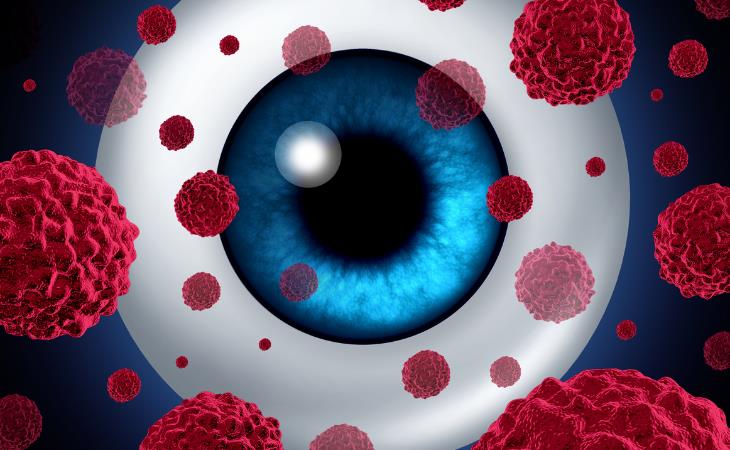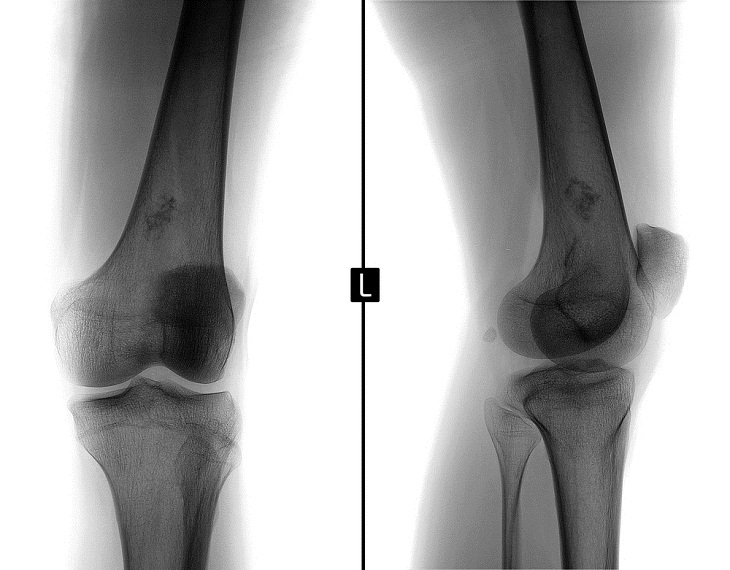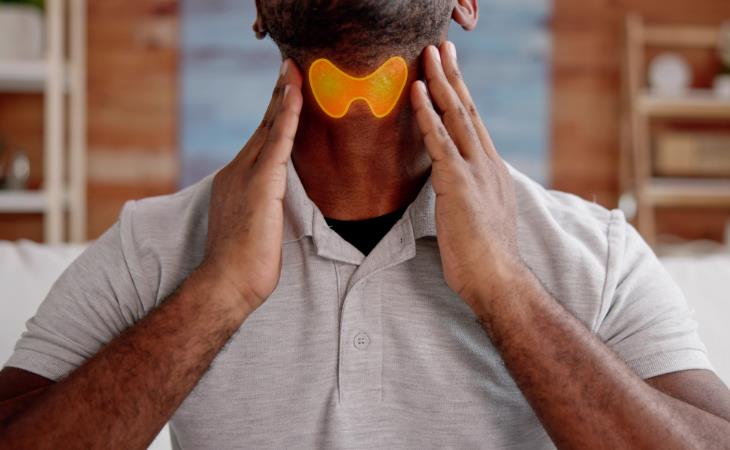6. Eye cancer

Cancer of the eye refers to a variety of
malignancies that originate within the eye itself. Ocular melanoma,
while the most prevalent type among adults, affects a relatively small
population of roughly 20,000 individuals annually. Other, less frequent
forms of eye cancer include non-Hodgkin's lymphoma, retinoblastoma, and
medulloepithelioma.
Risk factors for eye cancer vary depending on the specific type. For
instance, ocular melanoma is more likely to develop in older
individuals, those with a family history of melanoma, and those with
lighter skin or eye pigmentation.
Symptoms
General symptoms of eye cancer might include:
Redness or pain in the eye
Changes in vision, such as blurred vision or the presence of eye
floaters
Decreased visual acuity or even complete vision loss
Alterations in the eye's appearance, such as a dark spot on the iris
or white pupils
Treatment
The treatment course for eye cancer depends heavily on the specific
type, its location, size, and the extent of its spread. Common treatment
options include surgical removal of the cancerous tissue, cryotherapy
(freezing therapy), and the use of chemotherapy eye drops.
7. Thymic carcinoma
Thymic carcinoma is a cancer that develops
in the outer layer of the thymus, a small organ located in the upper
chest responsible for the production of white blood cells. These
cancerous cells grow rapidly and tend to metastasize, or spread, to
other areas of the body, most commonly the lungs.
Symptoms
While relatively uncommon, thymic carcinoma can develop in some people.
Individuals with this cancer may not experience any symptoms initially.
However, potential symptoms include persistent cough, shortness of
breath, chest pain, hoarseness, and swelling in the chest, face, neck,
or arms.
Treatment
Treatment options for thymic carcinoma often combine various approaches,
including surgical removal of the tumor, chemotherapy, radiation
therapy, hormone therapy, and targeted therapy. According to the
National Cancer Institute, the five-year survival rate for inoperable
and locally advanced carcinoma is 36%, while the rate drops to 24% for
cases where the cancer has spread distantly.
8. Ewing sarcoma

Ewing sarcoma is a malignant tumor that
primarily develops in bone tissue. This aggressive cancer most commonly
affects children and young adults. An estimated one in a million
individuals are affected by Ewing tumors, which account for about 1% of
all childhood cancers.
Symptoms associated with Ewing sarcoma may include:
Pain and swelling near the affected bone
The presence of a lump
Fever
Unexplained bone fractures
Treatment
Treatment options for Ewing sarcoma typically involve a combination of:
Chemotherapy: Administration of powerful drugs to destroy cancer
cells.
Radiation therapy: Utilizing targeted high-energy rays to kill
cancer cells.
Surgery: Removal of the affected bone or surrounding tissue.
High-dose chemotherapy with stem cell preservation: A specialized
treatment involving high doses of chemotherapy followed by the
reintroduction of previously harvested stem cells.
The ACS reports a relative 5-year survival rate of 61% for all stages of
Ewing sarcoma combined.
This is only for your information, kindly take the advice of your doctor for medicines, exercises and so on.
https://gscrochetdesigns.blogspot.com. one can see my crochet creations
https://gseasyrecipes.blogspot.com. feel free to view for easy, simple and healthy recipes
https://kneereplacement-stickclub.blogspot.com. for info on knee replacement
https://cancersupportindia.blogspot.com for infor on cancer and health related topics
https://GSiyers
home remedies.blogspot.com is the latest addition to my blogs. I'm
going to add posts there, do give me your valuable feed back on my
blogs. Thanks a lot, take care, be healthy and be happy.




0 Comments:
Post a Comment
<< Home